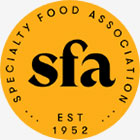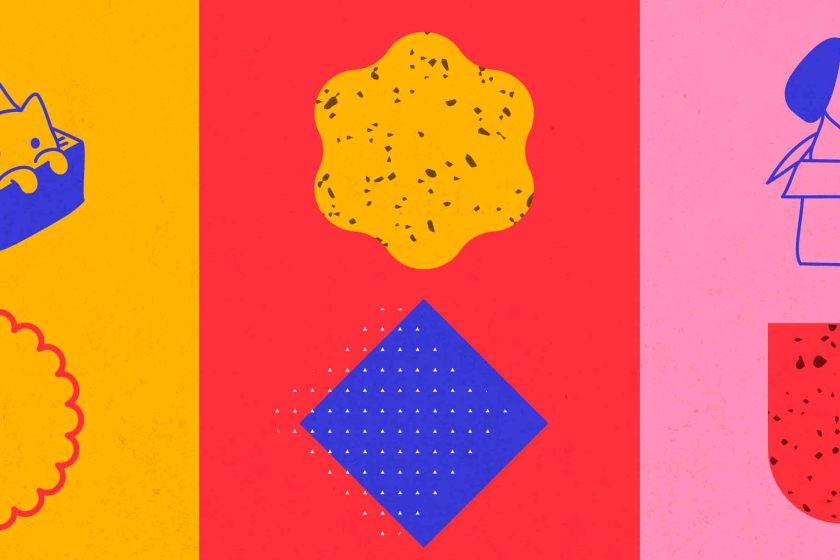

A new structure could change the shape of your entire brand presence.
When most CPG food brands consider a design refresh, they look to optimize identity, imagery, or a packaging design system. Our clients often assume we will use the existing structure and lay a new design over it. It’s understandable–taking one component out of the equation feels logical since “it ain’t broke.” (Not obviously.)
Something as simple as going from a gloss to a matte varnish can significantly impact quality perceptions. Conversely, the wrong structure can make a brand feel outdated, too serious, or not severe enough. When considering tactical aspects of a brand refresh, don’t overlook the impact a structural change may have on modernizing and optimizing your CPG food brand.
Conducting a Structural Analysis
Two primary reasons to undergo a brand refresh are functionality and modernization. In short, eliminating consumer confusion and meeting the expectations of a relevant category leader.
Any agency worth its salt will conduct a brand equity study at the onset of your brand refresh–part of that study should be a structural analysis.
Stacked against competition and additional areas of opportunity, start by asking the following about your existing structure:
Relevance: Does it communicate innovation or a forward-thinking brand? From the material (after-use and sustainability considerations for current consumers) to functionality (who doesn’t love a resealable package when snacking?), your structure must meet the fundamental needs of today’s consumers, which are changing as rapidly as options are growing.
Shelf presence: As new competition emerges at the retail level, is your current structure too short, tall, wide, skinny, etc.? Can you identify your brand or key points of differentiation among a sea of similar products? Consider brand blocking at shelf as well; does your structure aid visibility? Context is everything.
Ergonomics and function: Does it look easy to use and convey trust (think tamper-proof packaging or materials that look like they ensure food safety)? Would reducing package size and weight make it easier for customers to take it home as an impulse purchase? There are subconscious messages that your structure is telling consumers about the integrity of your product.
The shape of your structure can impart personality, convey quality, and create recognition for your brand.
Ownability: CPG brands across all categories have led the way with innovative, ownable structures that build their brand, and food is no exception. Pringles, Heinz Ketchup…the entire milk aisle. The shape of your structure can impart personality, convey quality, and create recognition for your brand. In many visual recall studies, package shape, and color have been known to outweigh visual identity or naming for many brands.
Proprietary packaging may be out of reach financially, but there are ways to create ownability through existing structures, like consistent lid colors or tapping into cues from other categories. Consumers know to trust specific structural cues. Think about it: the die-cut window on frozen food packaging was inspired by produce packaging, where freshness is conveyed through visibility.
Space: Do you need real estate? Brands that need to communicate across many forms, categories, flavors, etc., can quickly cause consumer confusion–the enemy of all package design. You must engage consumers through a navigable, enticing primary display panel with regulatory content. Packaging design is three-dimensional. Maybe you are trying to cram too much information onto a two-sided pouch when a four-sided box gives you room to clean up your communication hierarchy.
Through careful research and consideration, you can decide if a structural change will significantly enhance customer experience and differentiate your product from competitors to increase sales.
For more on the impact of sustainable packaging, check out this article.









